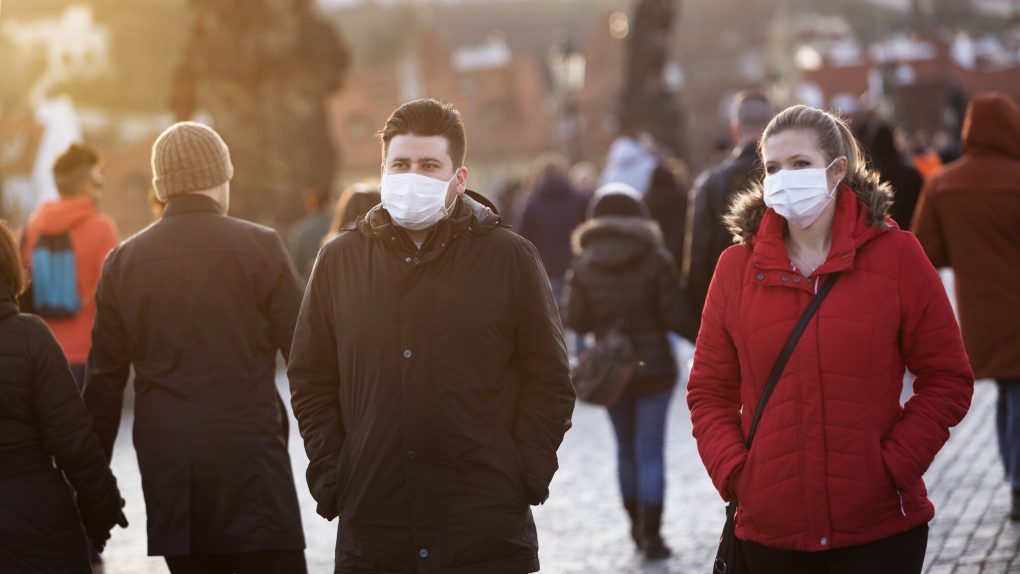- The CDC modeled the transmission of the highly contagious UK coronavirus mutation and found the strain could become dominant by March, fueling another surge.
- The model took into account the current spread in the US, existing COVID-19 immunity in the population, and the effects of vaccines.
- The CDC urges the population to follow safety measures more than ever and advises higher vaccination coverage and increased testing to reduce the spread of the B.1.1.7 strain.
The coronavirus variant that emerged in the UK in September became dominant by December in several regions, prompting health experts and the government to implement stricter measures to contain the spread. But the B.1.1.7 mutation was already fueling a record wave of COVID-19 in Great Britain. The new strain features several mutations that make it more infectious than its precursor, but B.1.1.7 does not lead to more severe COVID-19.
The UK mutation doesn’t infect COVID-19 survivors, and current vaccines are still effective against B.1.1.7. But the coronavirus variant is spreading globally, and the Centers for Disease Control and Prevention (CDC) has issued a new study warning that B.1.1.7 could become dominant in the US by March. The CDC is urging people to respect health measures that are already in place. Combined with vaccinations, these measures can reduce transmission and prevent further surges that can put additional strain on health care resources and lead to further loss of life.
“NOW, more than ever, it is important to slow the spread,” reads a new infographic released with the model (seen below), with the word “NOW” appearing in caps.

“We’re concerned,” Jay Butler told Stat. “We want to sound the alarm and urge people to continue to do the things that we know work.” Butler is the CDC’s deputy director for infectious diseases.
“The increased transmissibility of the B.1.1.7 variant warrants universal and increased compliance with mitigation strategies, including distancing and masking,” the CDC writes. “Higher vaccination coverage might need to be achieved to protect the public. Genomic sequence analysis through the National SARS-CoV-2 Strain Surveillance program will enable a targeted approach to identifying variants of concern in the United States.”
The CDC modeled the B.1.1.7 transmission in the US and concluded that the variant could become predominant by March. “Taking measures to reduce transmission now can lessen the potential impact of B.1.1.7 and allow critical time to increase vaccination coverage,” the CDC says.
The CDC model took into account the current prevalence of B.1.1.7 in the US, the rate of transmission of the existing coronavirus strains that are driving the current wave, and COVID-19 immunity from the previous infection. The model also assumed that 1 million vaccine doses would be administered per day beginning January 1st and that 95% immunity was achieved 14 days after the second dose.
“B.1.1.7 prevalence is initially low, yet because it is more transmissible than are current variants, it exhibits rapid growth in early 2021, becoming the predominant variant in March,” the CDC says. Whether the transmission of current variants increases or decreases, the B.1.1.7 mutation would still drive “a substantial change in the transmission trajectory and a new phase of exponential growth.”
“With vaccination that protects against infection, the early epidemic trajectories do not change, and B.1.1.7 spread still occurs,” the study reads. “However, after B.1.1.7 becomes the dominant variant, its transmission was substantially reduced. The effect of vaccination on reducing transmission in the near term was greatest in the scenario in which transmission was already decreasing (initial Rt = 0.9).”
“Early efforts that can limit the spread of the B.1.1.7 variant, such as universal and increased compliance with public health mitigation strategies, will allow more time for ongoing vaccination to achieve higher population-level immunity.”








